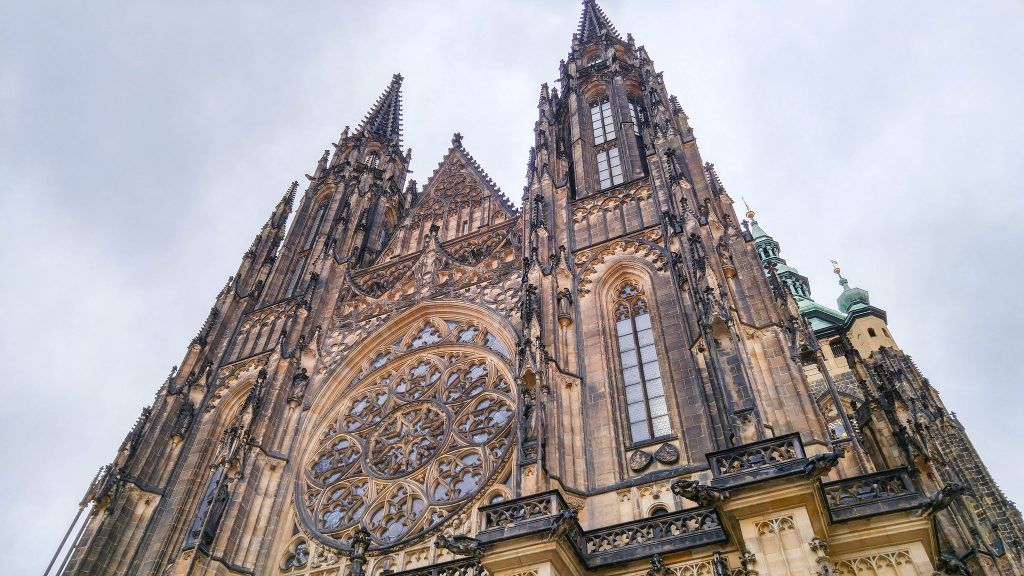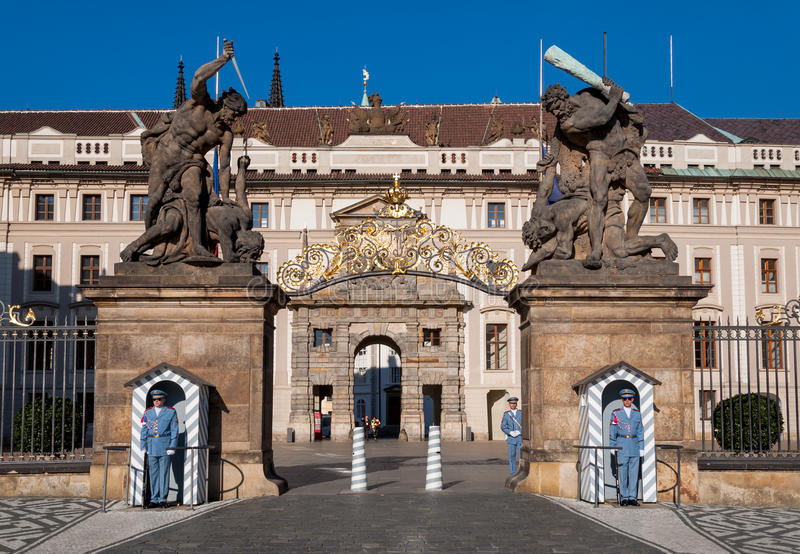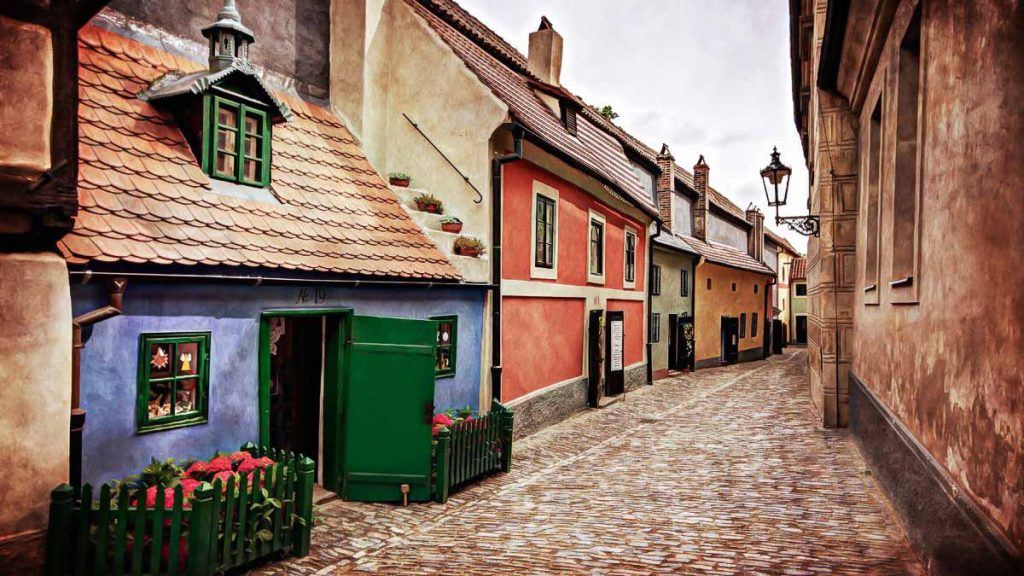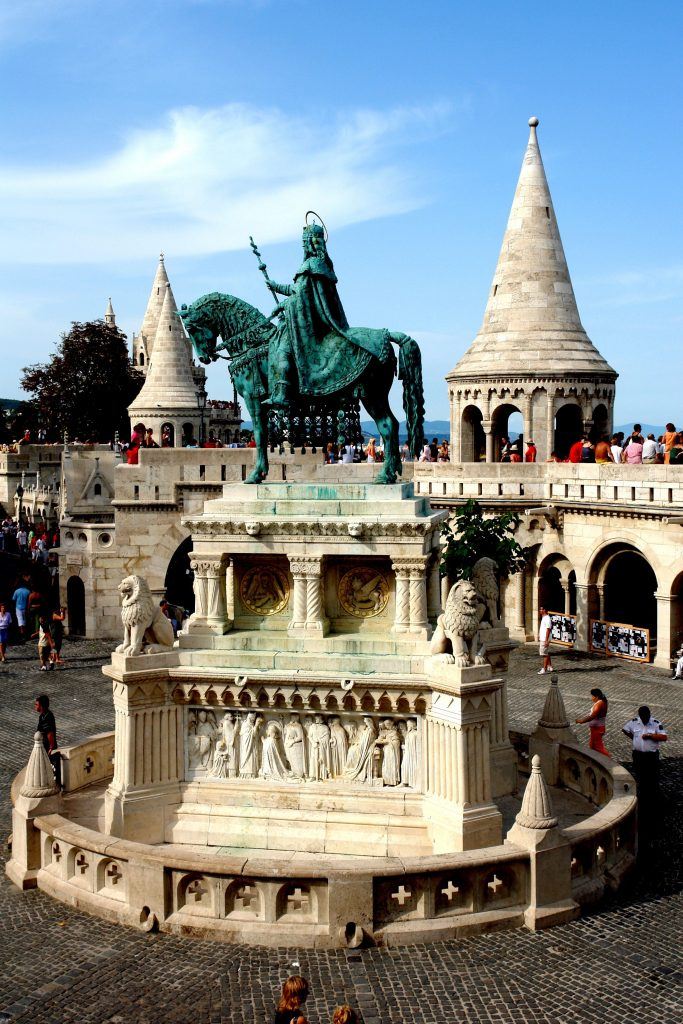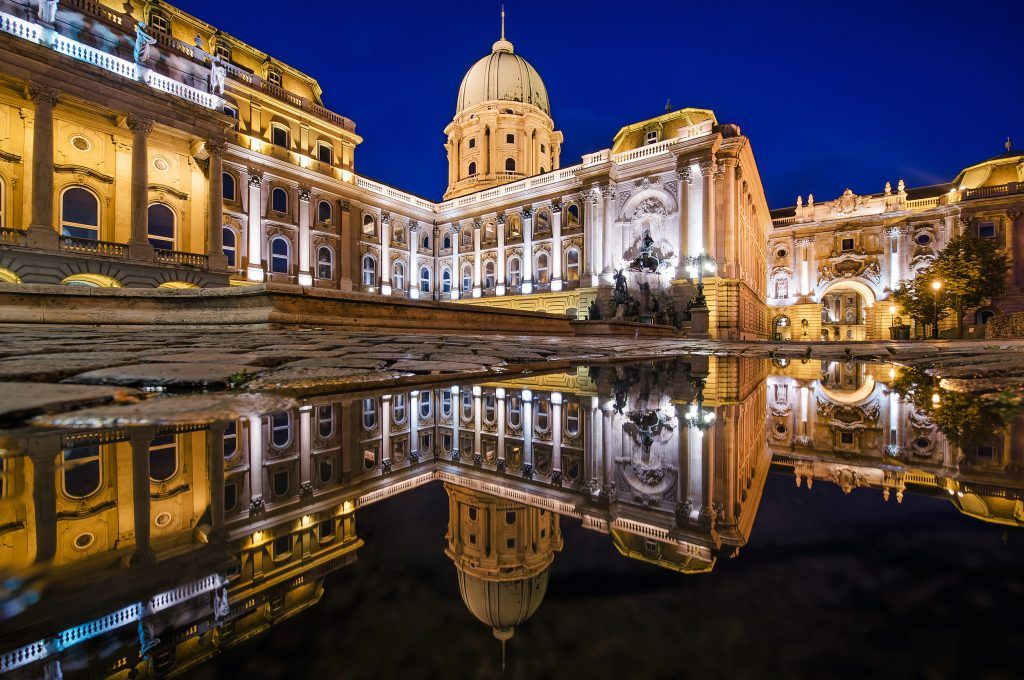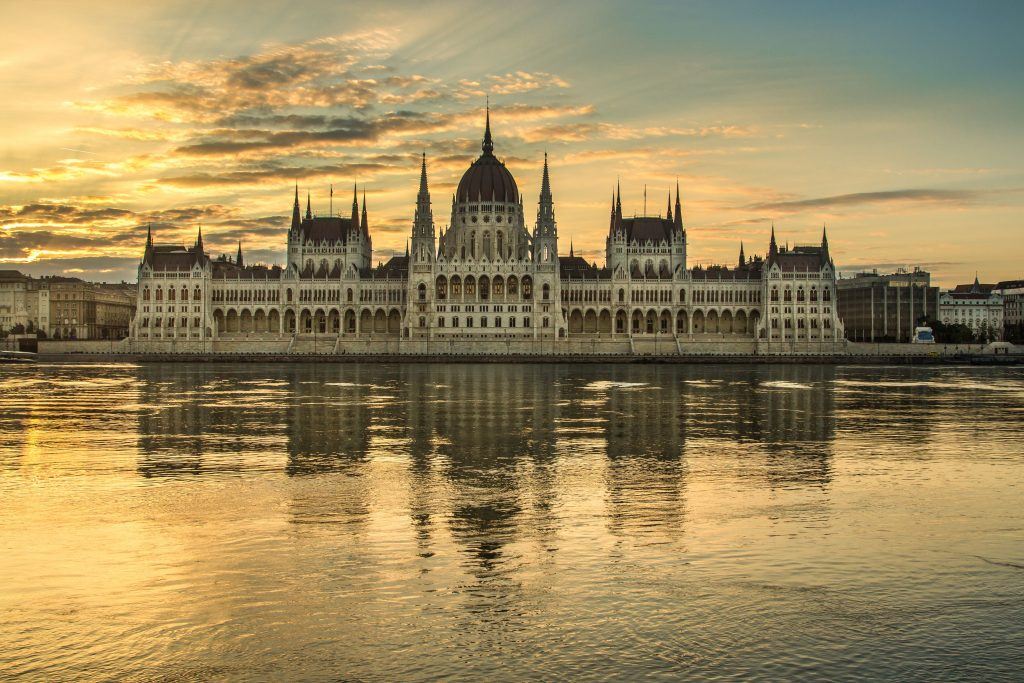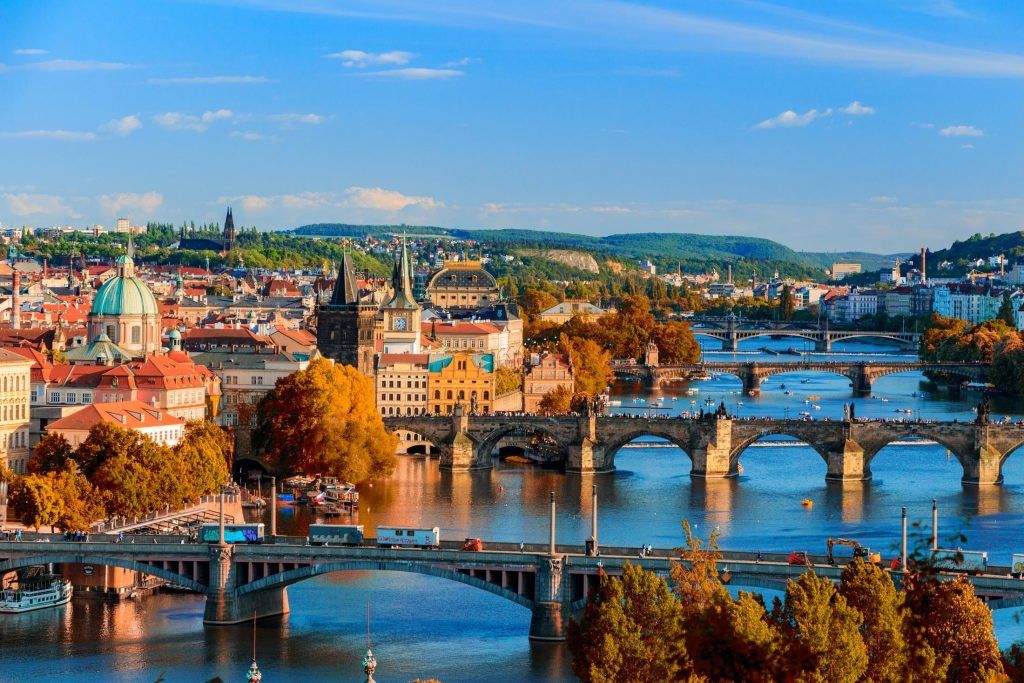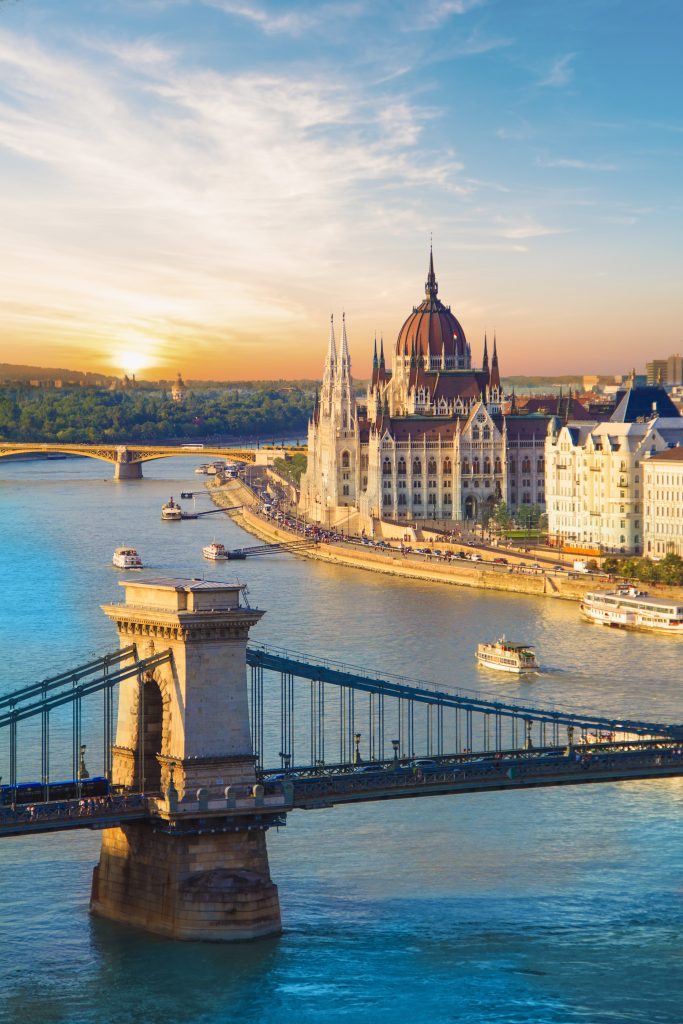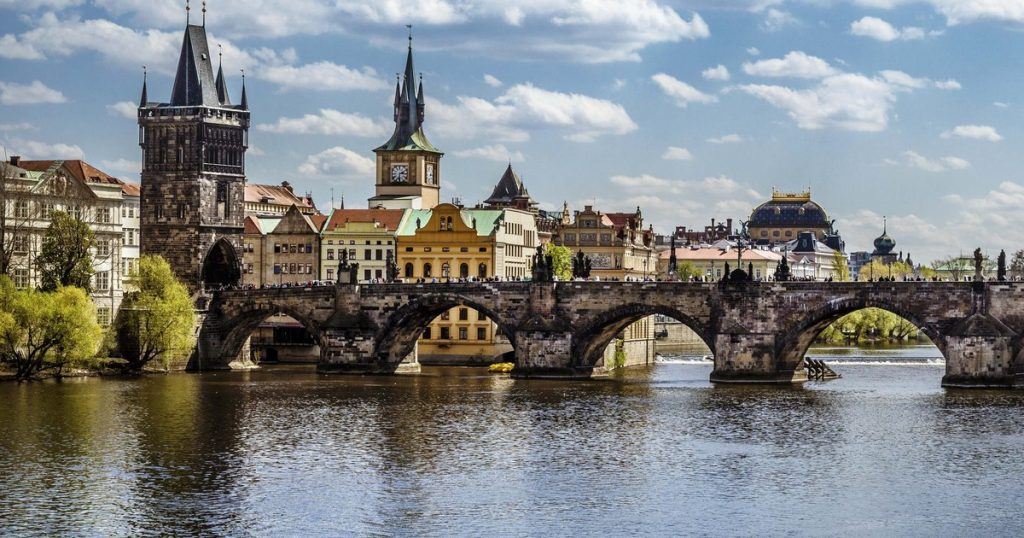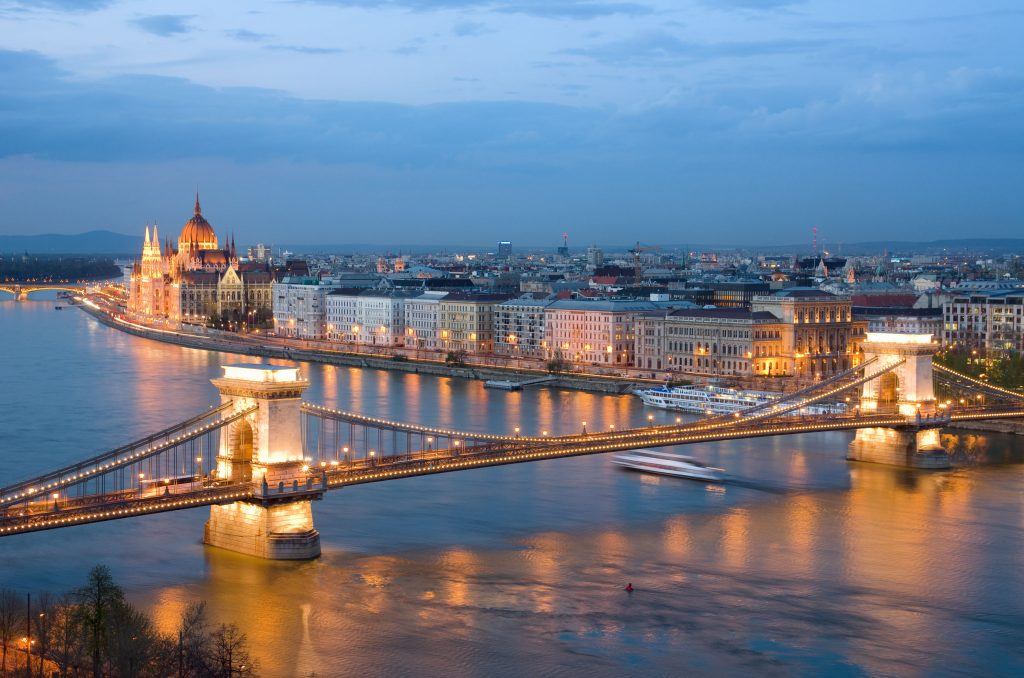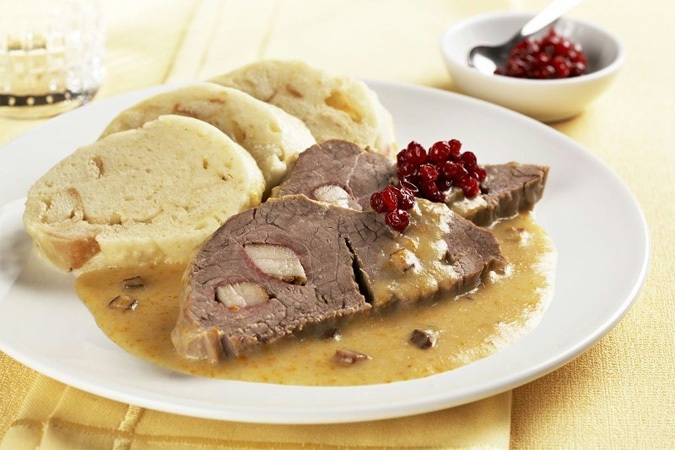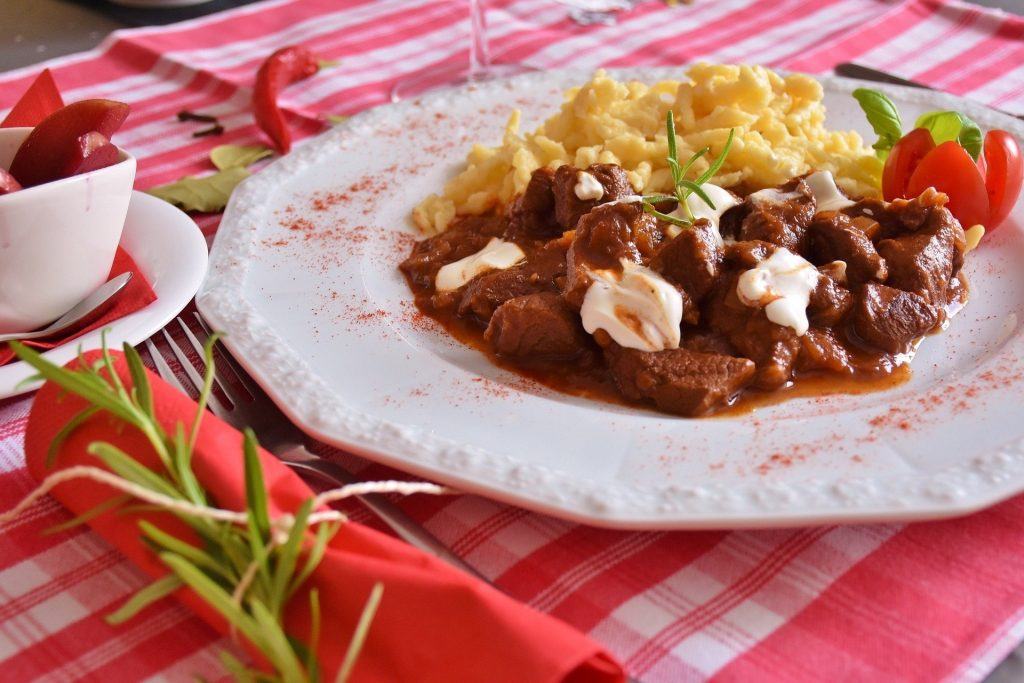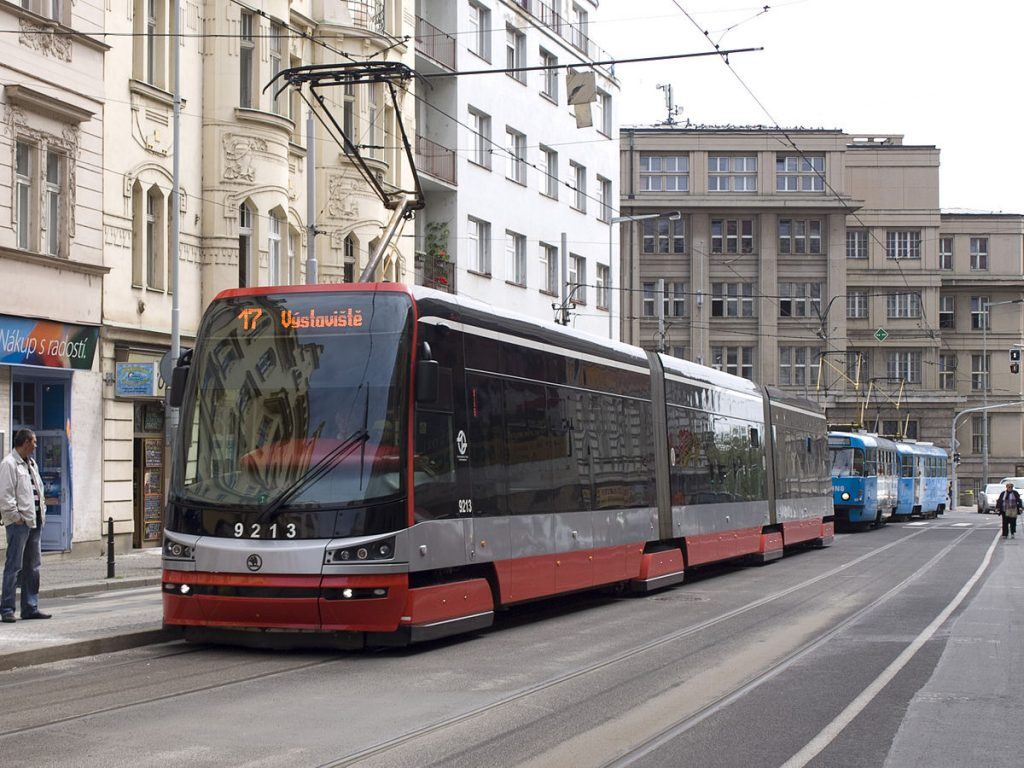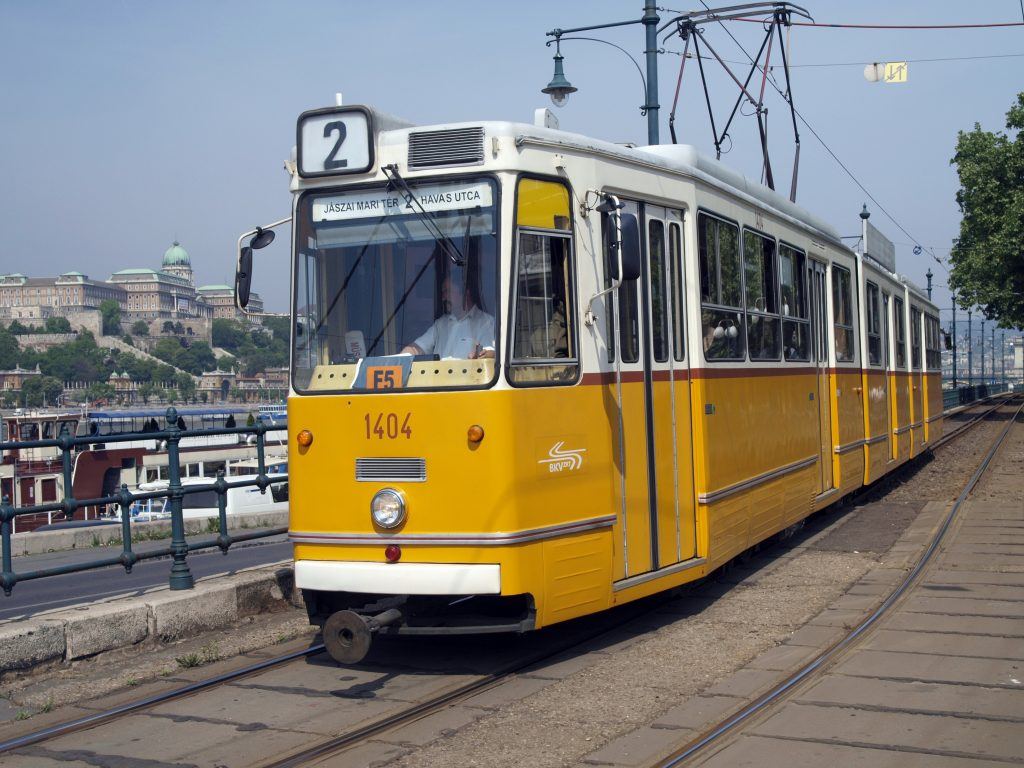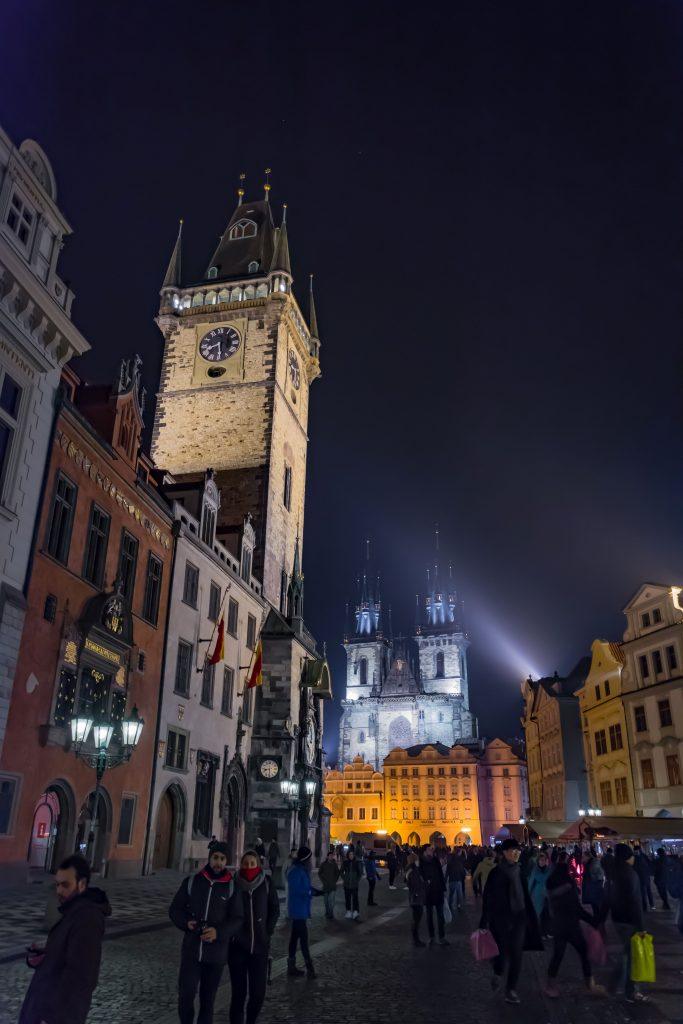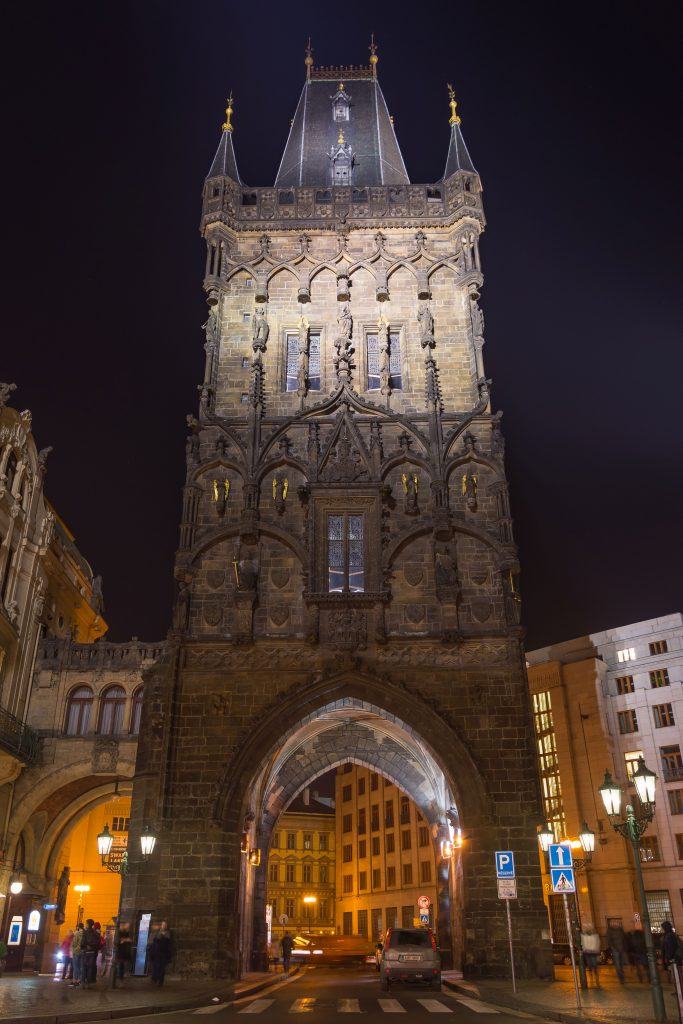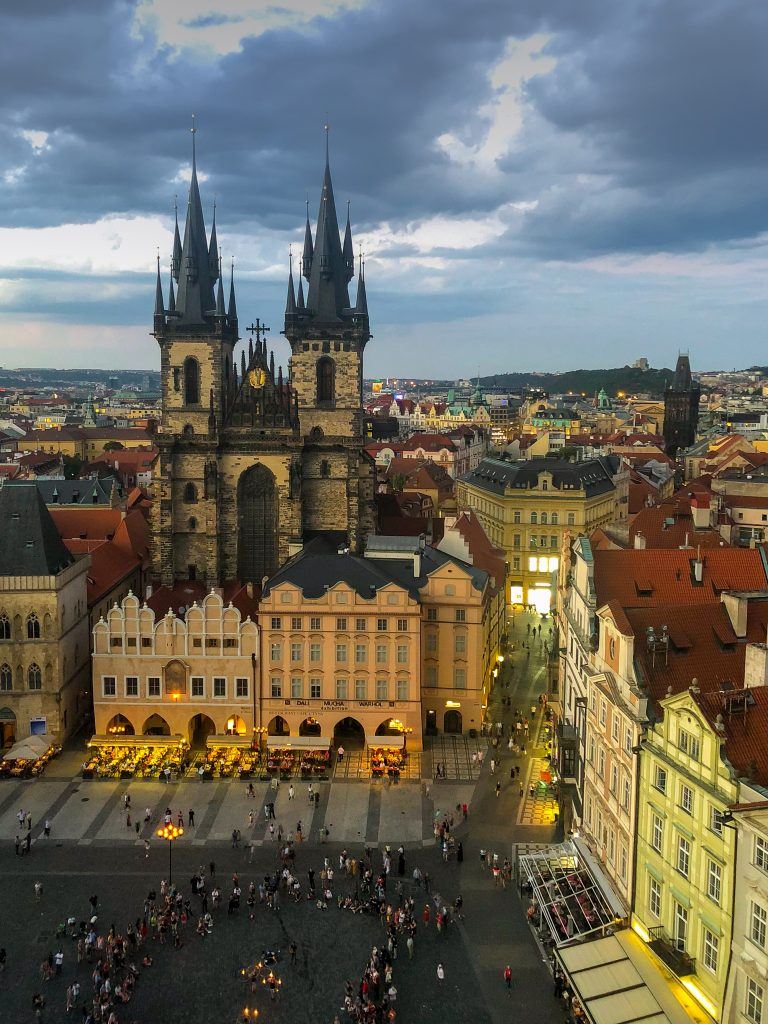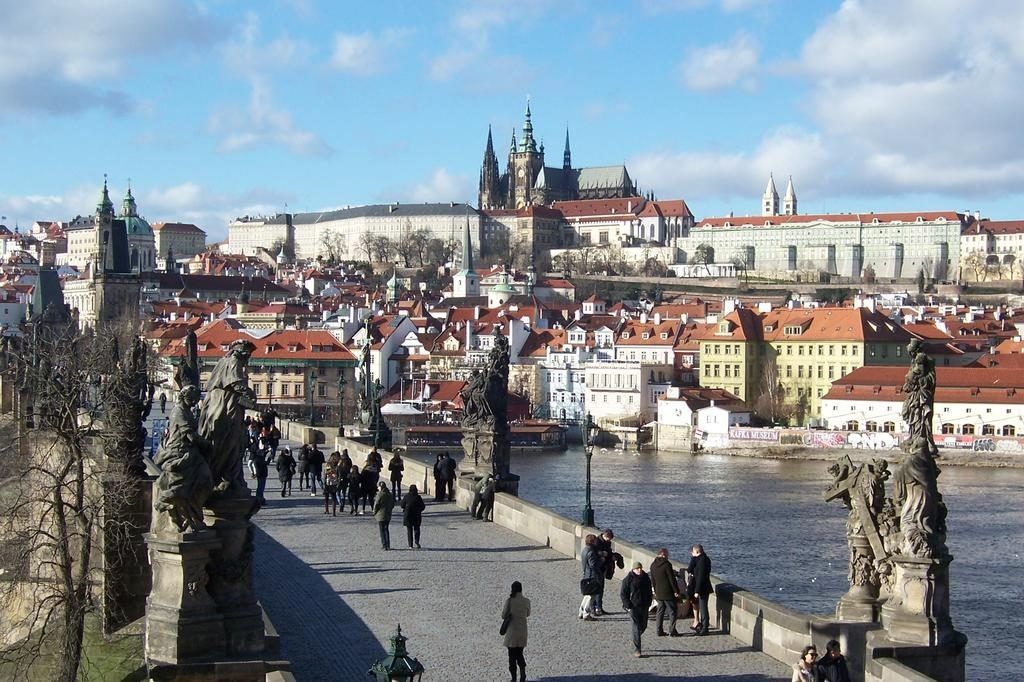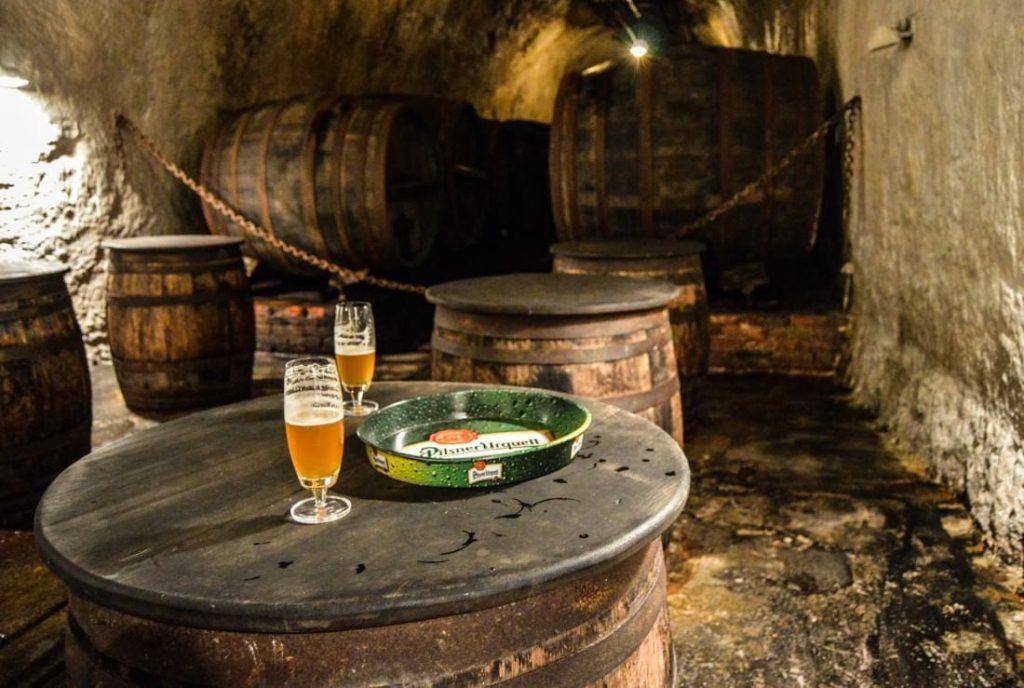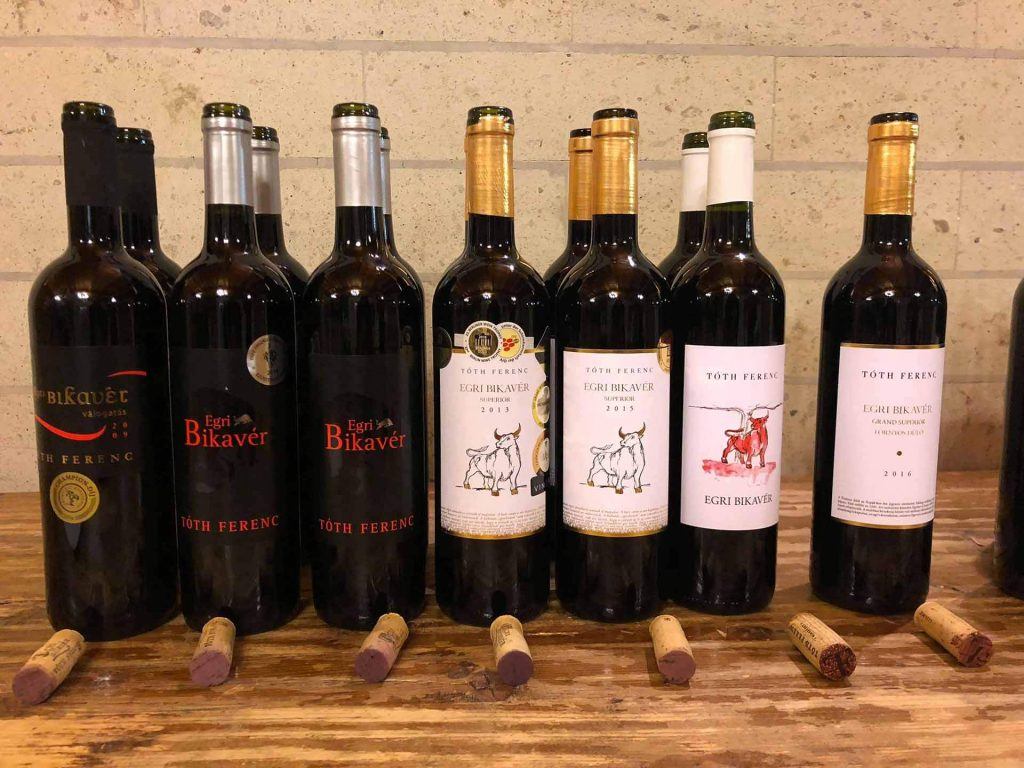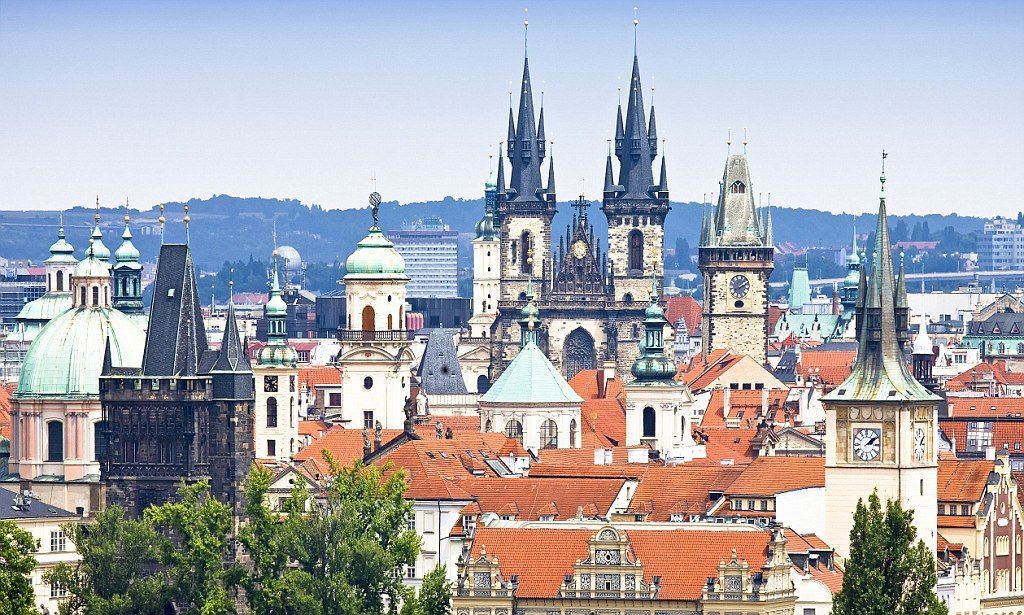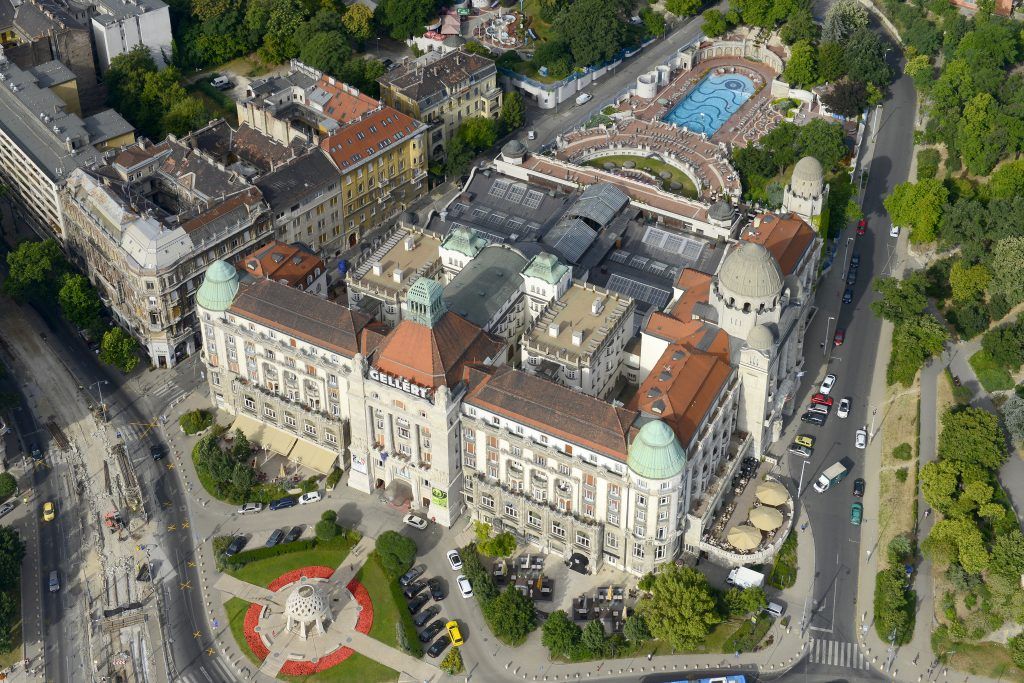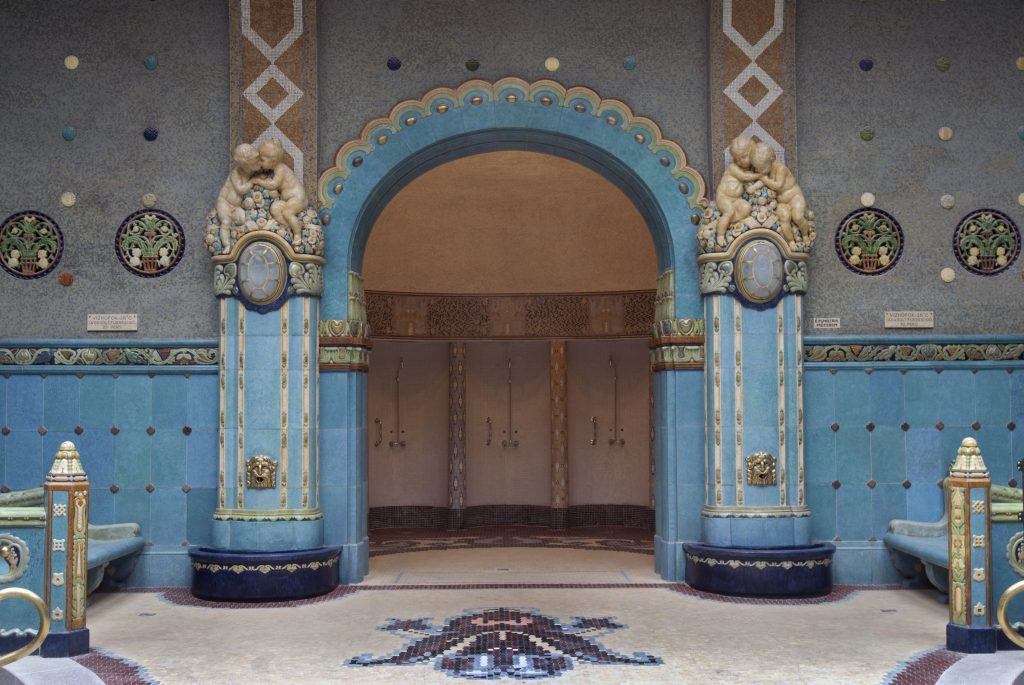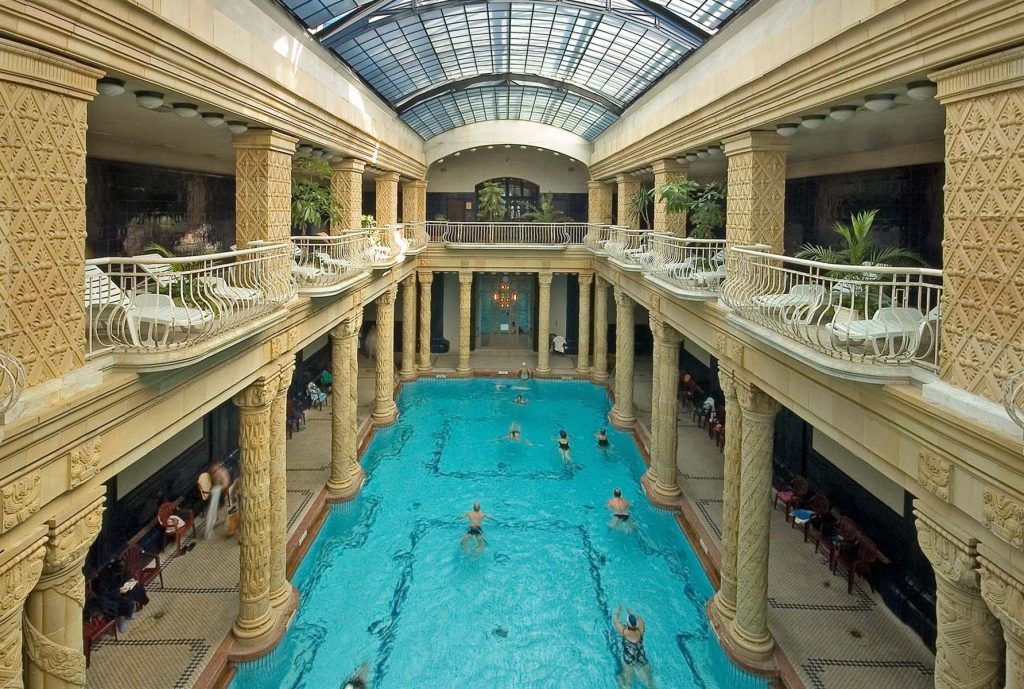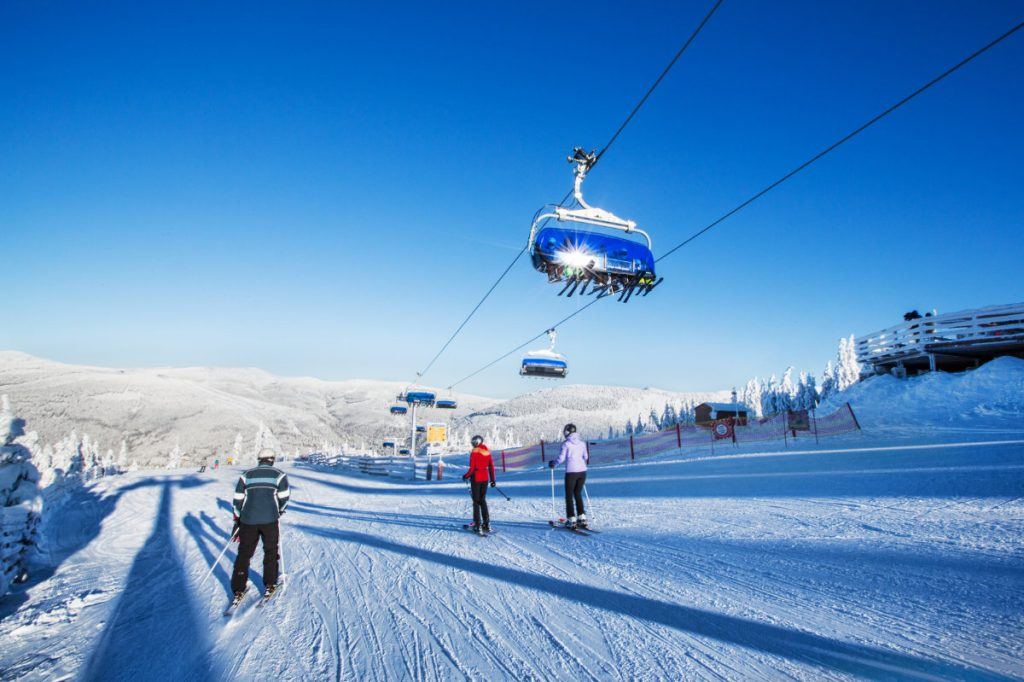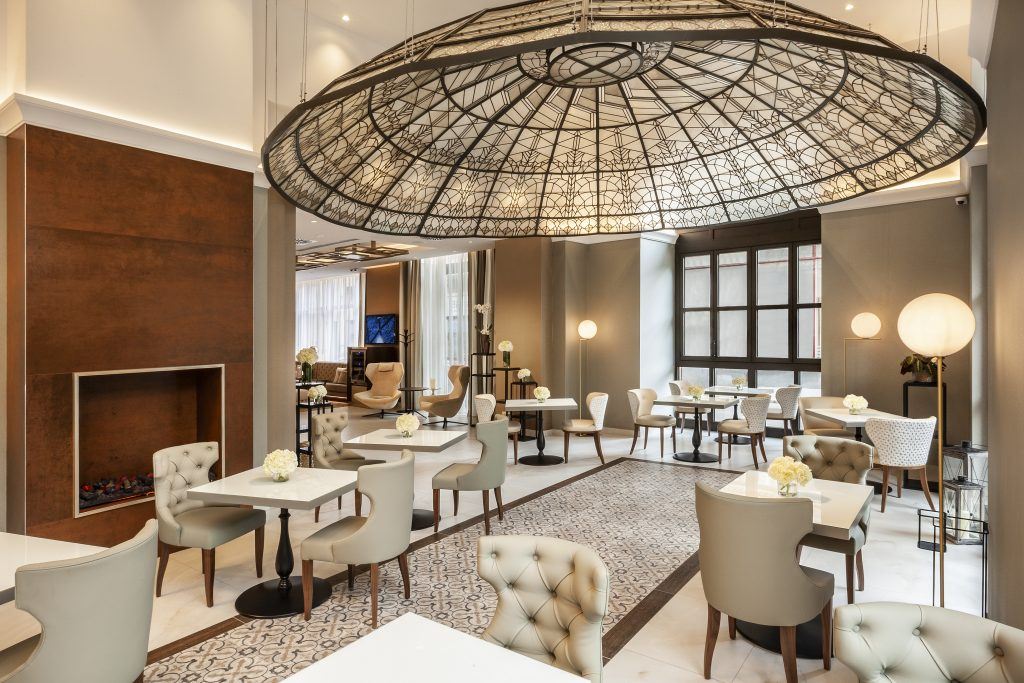Prague and Budapest are often subjects to casual debates. What most people know about them is: they are somewhere in the East of Europe, affordable and absolutely beautiful. For some this is enough to decide on a long weekend in one of these cities. But… which one?
Even though we can not answer this question with one specific and confident answer, we can guide you through the most and also the least attractive sides of both cities and then… the choice is yours. What we can confirm beforehand though: you can’t go wrong with any of these stunners.
What’s in common?
Table of Contents
There are a lot more in common than you would first think. Both cities are split by famous rivers, feature beautiful bridges and even more gorgeous castle districts, outstanding churches and squares. Czech and Hungarian cuisine is fairly similar too, at least similarly heavy and spicy with a gentle kick.
Home of Castles
Did you know that Prague had the largest Castle District in the World (occupying an area of almost 70,000 square metres (750,000 square feet), at about 570 metres (1,870 feet) in length and an average of about 130 metres (430 feet) wide)? Not a bad start. The castle’s main highlights include St. Vitus Cathedral, the Rampart Gardens, the Castle Gates and the Golden Lane all of them with breathtaking views of the city’s Old Town and the Vltava river. The castle buildings represent virtually every architectural style of the last millennium.
In Budapest nothing can beat Matthias Church and Fisherman’s Bastion towering over the entire empire on the Danube side of the Royal Palace. Amazing views over the Danube you get here, especially if you take a peak of the other side of the river where the gorgeous building of the Hungarian Parliament stretches alongside the riverbank.
Those famous rivers
Prague has the Vltava River, Budapest has the Danube, so both cities can be proud of at least one very famous river. In both, the Castle District is situated on one side of the river, whilst historically the opposite side accommodated most of the city’s inhabitants. Both of them are extremely appealing with many bridges stretching over the floating water… They get even more attractive after the Sun goes down and everything gets dressed up for the night: the most important sites of the cities are lit by millions of little lightbulbs to make an unforgettable visual experience.
Stunning and historic bridges
Prague’s Charles Bridge is probably the main highlight and the most famous site in the city. Its construction started in 1357 under the auspices of King Charles IV, and finished in the beginning of the 15th century. As the only means of crossing the river Vltava until 1841, Charles Bridge was the most important connection between Prague Castle and the city’s Old Town and adjacent areas. This “solid-land” connection made Prague important as a trade route between Eastern and Western Europe.
Budapest’s Chain Bridge, opened in 1849 and designed by the English engineer William Tierney Clark and built by the Scottish engineer Adam Clark, was the first permanent bridge across the Danube in Hungary. At the time of its construction, it was regarded as one of the modern world’s engineering wonders. It has asserted an enormous significance in the country’s economic, social and cultural life, much as the Brooklyn Bridge has in New York and the US. Its decorations made of cast iron, and its construction, radiating calm dignity and balance, have elevated the Chain Bridge to a high stature in Europe.
Food in the heart of everything
Czech and Hungarian food have both influenced and been influenced by the cuisines of surrounding countries. Many of the cakes and pastries that are popular in Central Europe originated from these lands. Their contemporary cuisine is more meat-based than in previous periods; the current abundance of farmable meat has enriched its presence in regional cuisine. The body of cooked meals (mainly lunch) typically consists of two or more courses; the first course is traditionally soup, the second course is the main dish, and the third course can include supplementary courses, such as dessert. In the Czech and Hungarian cuisines, thick soups and many kinds of sauces, both based on stewed or cooked vegetables and meats, often with cream, as well as baked meats with natural sauces (gravies), are popular dishes.
Our ultimate list for the best restaurants in Budapest will help you find the best restaurants in the city.
So easy to get around
Both Prague and Budapest have fantastic transport systems of metros, trams and buses. Prague’s tramline 17 and Budapest’s tramline 2 runs parallel to the city’s river and offer some of the best views and great and cheap way of sightseeing. With our guide for Getting around Budapest you will find it extremely easy to find your way around.
Differences between Prague and Budapest
Busy streets and long queues
It’s safe to say that Prague is a lot more condensed and walkable than its Hungarian pal – which naturally creates heavy crowds as the sheer number of tourists walk the exact same routes around the city. It starts at the Powder Gate, goes down to Old Town Square, continues to Charles Bridge and across to Lesser Town and up the hill to the Castle District. In Budapest you usually don’t find the same crowd as the city is a lot more spread out.
Choosing between beer and wine
Beer (Czech: pivo) has a long history in the Czech Republic, with brewing taking place in Břevnov Monastery in 993. The city of Brno had the right to brew beer from the 12th century while Plzeň and České Budějovice (Pilsen and Budweis in German), had breweries in the 13th century.
The most common Czech beers are pale lagers of pilsner type, with characteristic transparent golden colour, high foaminess and lighter flavour. The Czech Republic has the highest beer consumption per capita in the world.
Hungarian wine regions offer a great variety of styles: the main products of the country are elegant and full-bodied dry whites with good acidity, although complex sweet whites (Tokaj), elegant (Eger) and full-bodied robust reds (Villány and Szekszárd).
During the Ottoman occupation of Hungary, an ancient variety of grapes was used to make the robust red-wine blend later known as Bikavér (Bull’s Blood), after a supposed secret ingredient in the wine that fortified the defenders of Eger in 1552.
It was also during the Turkish occupation that the Tokaj region became known for dessert wines, harvested late to encourage noble rot.
How friendly the locals are
Visiting these countries you may find a slight shift in how connected you feel to the locals. Historically people in the Czech Republic are a lot more closed and don’t open up very quickly, whilst in Hungary the new generation of youngsters are the complete opposite. How people greet you in stores and restaurants, also the level of English is fairly different too.
Unique things in each city
Towers of Prague
The descriptive names of “Golden Prague” and “City of a Hundred Spires” provide a hint of the nature of this metropolis, where the eyes of visitors and tourists alike are drawn upwards to the towers of the city’s many cathedrals, churches, and gateways.
However, there is another way to experience Prague’s unique beauty and the soul of the city – to look down from these towers and admire the unusual bird’s-eye view of the historical squares, red tiled roofs, and the Vltava River with its many bridges and long waterfront. The towers, which were not a part of the individual churches and thus owned by the church were, for the most part, the property of the town or municipality. They were a part of the fortifications and used as guard towers that were locked for the night.
Recently a few enthusiastic experts and Prague aficionados tried to do exactly this – from an aerial view they counted 120 important towers just in the central part of the city.
Thermal Baths in Budapest
Hungary is famous for its thermal water so you’re at the perfect place to spoil yourself. Budapest can make a claim to be one of the most relaxing cities in Europe, thanks to a secret buried beneath its beautiful architecture. The capital alone has 118 hot springs to boast (which delivers 70 million litres of therapeutic water each day). The spa culture is a perfect mix of natural wonder and ancient history as the Turkish baths of Budapest are an everlasting memory of the Ottoman rule during the 16th and 17th century.
Gellert Spa is located next to the historic Hotel Gellert where the bath offers a wide range of healing treatments such as gentle and stronger massage, thai massage, sauna, steam rooms, pedicure, and several outdoor and indoor swimming and thermal pools of various sizes, an outdoor wave pool and hot tubs. Besides these facilities you can also enjoy yourself at the bathing terrace with a beautiful view on the surrounding Gellert Hill with a beer or a glass of wine or champagne in your hands. The hotel guests can purchase tickets to the spa for half price.
Quick skiing trips from Prague
This is very unique to Prague and something that is not that easy to do in Hungary. The Czech Republic is geographically blessed with high altitude and lots of gorgeous mountains therefore skiing comes naturally to the locals. There are dozens of ski resorts to choose from only within a few hours drive of Prague (as close as 1 hour!).
The largest ski resort in the Czech Republic is Skiareál Špindlerův Mlýn which is situated in the Giant Mountains, about two hours drive from Prague. This region of Špindlerův Mlýn and Horní Mísečky offers five ski lifts, 11 drag lifts, 25 kilometres of downhill slopes, 90 kilometres of cross-country trails, and 11 ski tows. Špindlerův Mlýn isa tourist destination, and can be extremely crowded during the peak season – expect some long lines at the ski lift.
Cafes and ruin bars in Budapest
Ruin pubs were born when people found authenticity in old, ran-down yet original places. The same way Shoreditch in London was lifted by artists, ruin pubs were created for everyone hungry for the cool, the authentic and denies everything that is fake. And the real story is, back in 2001 a bunch of young men were looking for cheap places to drink and so the story goes. And from their shallow pockets some of the most stylish places in Budapest were born.
The coffee culture in Budapest has recently grown into a lifestyle so stopping for a coffee or hot chocolate in one of the artfully decorated cafes is a must.
Zsolnay Café is a little oasis on the busy Teréz körút, located in the Radisson Blue Beke Hotel. It’s the perfect place for a warm-up hot drink, a romantic bottle of champagne or even a late-night cocktail with friends. The pastry assortment takes the place to another level which also includes lactose- and sugar-free options. Just recently refurbished the café with a gorgeous interior is open from 8 am to midnight catering for all meals and drinks of the day. What’s even better is they offer 50% discount during Sunday lunchtime!
A quick recap
Because both cities have great qualities, stunning sites and lots of history, here is a very easy recap to help you decide which metropolis is your ideal choice.
Nightlife and Parties – both cities are equally good for the nightlife, bars and quality drinks.
Quick trips – Prague wins as the city is more condensed. It is easy to walk Prague in half a day and see all the main attractions.
Long weekends – Budapest is the perfect destination for a long weekend. The city is more spread out so you need a couple of days to visit the different sites and attractions.
Christmas break and New Year’s Eve – Both cities could be snowy and equally cold, as well as extremely magical this time of the year. Both Prague and Budapest are beautifully lit up and offers plenty to do. Christmas and New Years is one the best time to visit Budapest.
Stag do, Hen do, boys trips, girls trips – This only depends on what you prefer: beer or wine. Both countries and cities are full of fun, tradition and beautiful people. There is so much Fun things to do for Couples, Singles, Stag Dos.
Our subjective opinion
Every cloud has a silver lining and every city has its bright and less attractive sides. But we are confident that both Prague and Budapest would treat you to their absolute best. They usually make you want to stay a little longer, or at least come back in the future. If you’re still hesitating, here is what we think:
PRAGUE: Visit Prague if you want sightseeing done and dusted in one day so that you can enjoy drinks and outdoor activities such as skiing only a couple of hours away from the city. Prague is where you find World class beer and one the best landscapes in Europe. The city is condensed so very easily walkable.
BUDAPEST: Head further to Budapest if you have a bit more time and are ready to spend a couple of days wondering around the different parts of the city that are more spread out than Prague. For foodies, coffee and wine lovers Budapest is an obvious choice. Budapest is also great for cultural trips such us museums, galleries or exhibitions.
